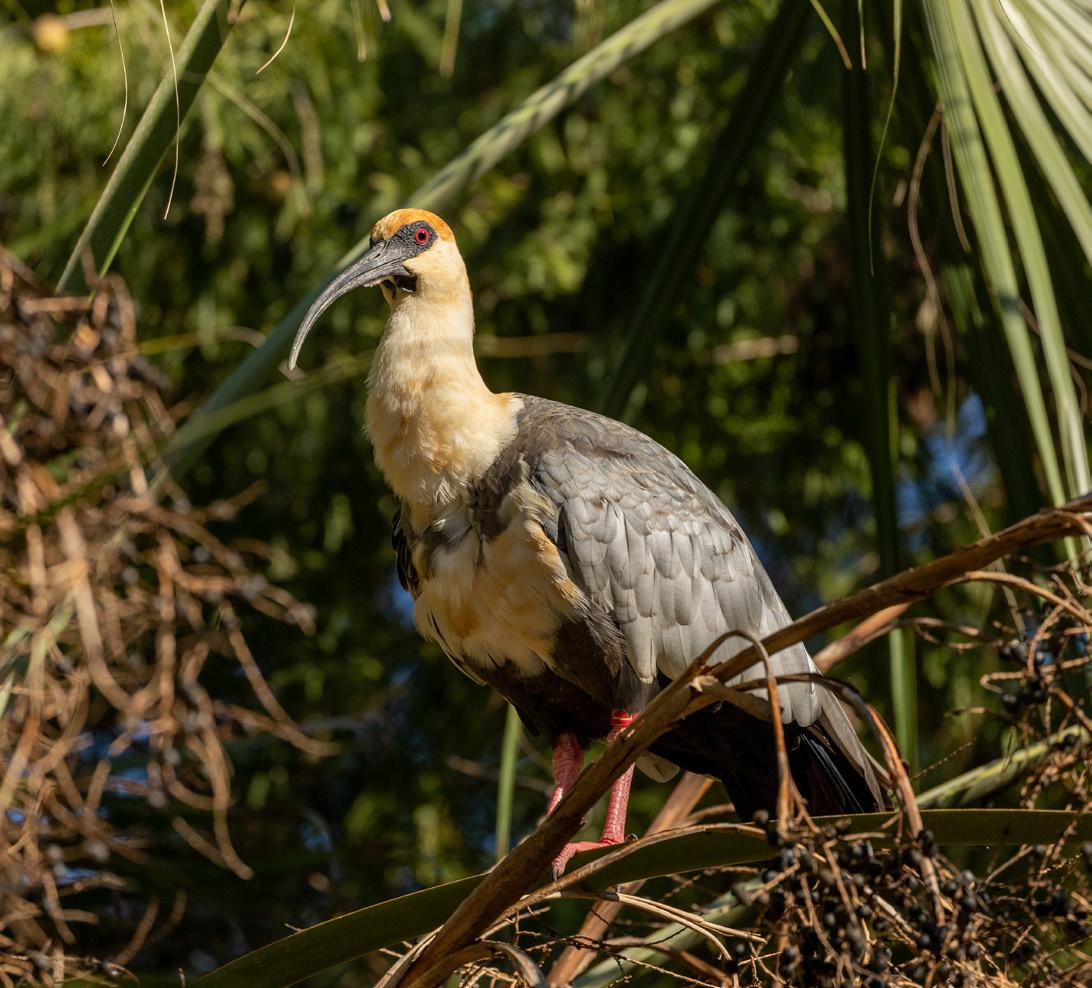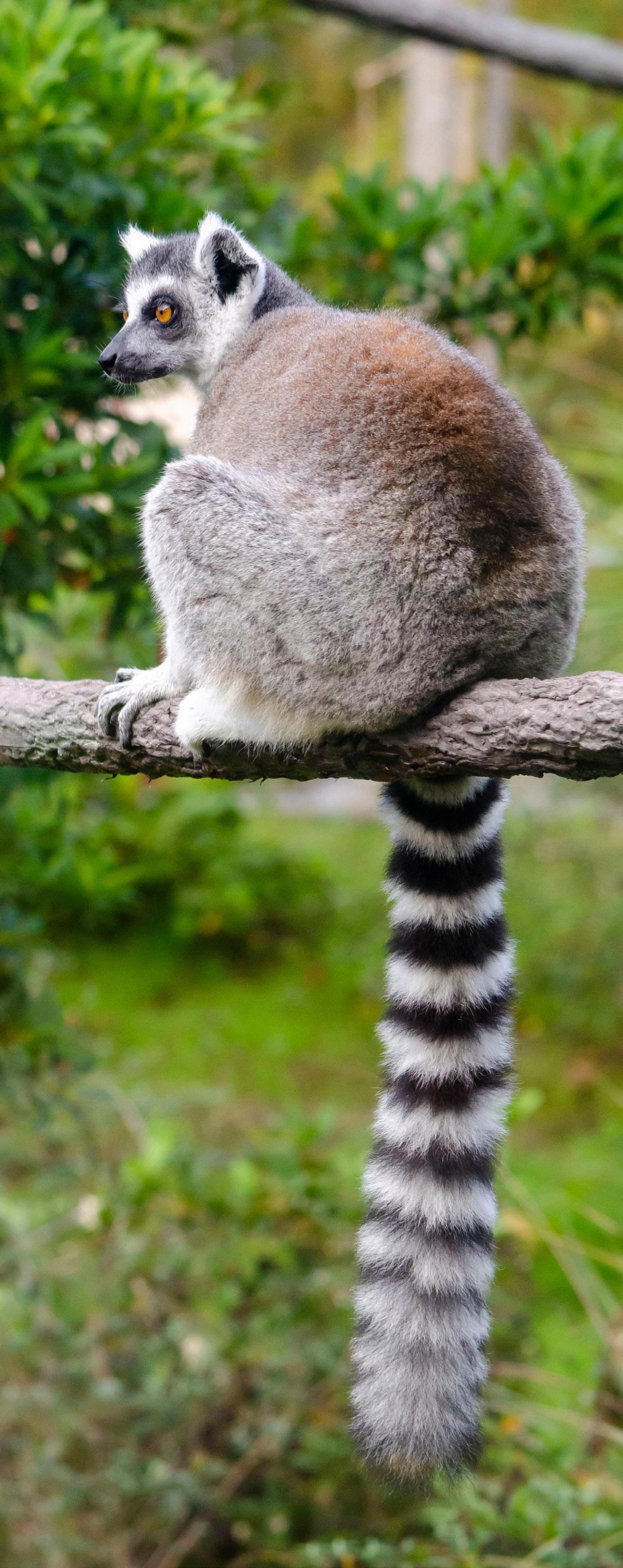
2 minute read
Births, Hatchings, Acquisitions
By Donna Bear, Curator of Species Management and Jasmine Alvarado, Species Management Officer
Black-faced ibis
Advertisement
(Theristicus melanopis)
The black-faced ibis joined our animal population in 2016, and we have been successfully breeding them since 2019 with 17 hatchlings. The black-faced ibis is one of the most adaptable species among the spoonbills and ibises in regard to nesting. A pair may nest alone or in a colony, which can vary in size (10 to 50 pairs) and location (forest glades, rocky gullies, open country, etc.). They have been spotted nesting on tree stumps and other emergent sites in the middle of a marsh or flooded area. Other nest sites include reedbeds on rocky outcrops or cliff ledges and the occasional woodland tree. Each clutch can have between two to three eggs. As chicks, their down is grey before feathers come in a buff brown color from the neck up. Come and find these birds at the Emerald Forest Aviary.
Mongoose lemur

(Eulemur mongoz)
Earlier this year, we celebrated our first mongoose lemur birth. The breeding pair arrived in 2019 as a first-time species for the Zoo. Over the last few months, the baby lemur has been nursing well, clinging onto its mother’s back (and sometimes the father) and exploring its surroundings (but never too far). The mongoose lemur is one of only two lemur species to be found outside of Madagascar in the wild, along with the common brown lemur. Humans introduced both species to the Comoros, an archipelago located over 500 miles northwest of Madagascar. Mongoose lemurs are sexually dichromatic, meaning males and females have different coloring. While both are mostly all gray-brown, females have white “beards” (the fur beneath their chin and around their heads) and males have reddish-orange beards. A male will be born with a white beard and will grow into his new beard at six weeks old.
Ring-tailed lemur

(Lemur catta)
The most intensely studied of all lemur species, the ringtailed lemur is also the only species in the genus Lemur. The most popular and easily identifiable, the ring-tailed lemur’s namesake makes it easily stand out among other species. Social creatures, ring-tailed lemurs can live in troops with up to 24 individuals. Their main forms of communication are through vocalizations, facial expressions and scent-markings. Ring-tailed lemurs are one of the most vocal of primates with over 20 distinct types of calls, from purrs to clicks to yaps, each with unique meanings and for different situations such as predator warnings and group cohesion. Their olfactory communication is by far the most intriguing. Both females and males have scent glands for marking territory. But during breeding season, males will rub the tip of their tales with the secretions from those glands and have “stink fights.” The males will wave their tails at their opponent until one stands down or runs away.
April–June 2023
ZOOLights is going through a metamorphosis. Connect with nature in a whole new way coming in late November. Stay posted for upcoming announcements in member emails and social media posts.

DIGITAL SCAVENGER HUNT
Interactive fun creates a curiosity for learning. As Nature Agents, you can discover, learn and bond together on a digital scavenger hunt using the NEW Explorer Quest app!

DOWNLOAD EXPLORER QUEST APP MANUALLY OR SCAN










